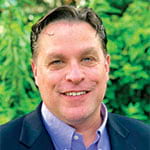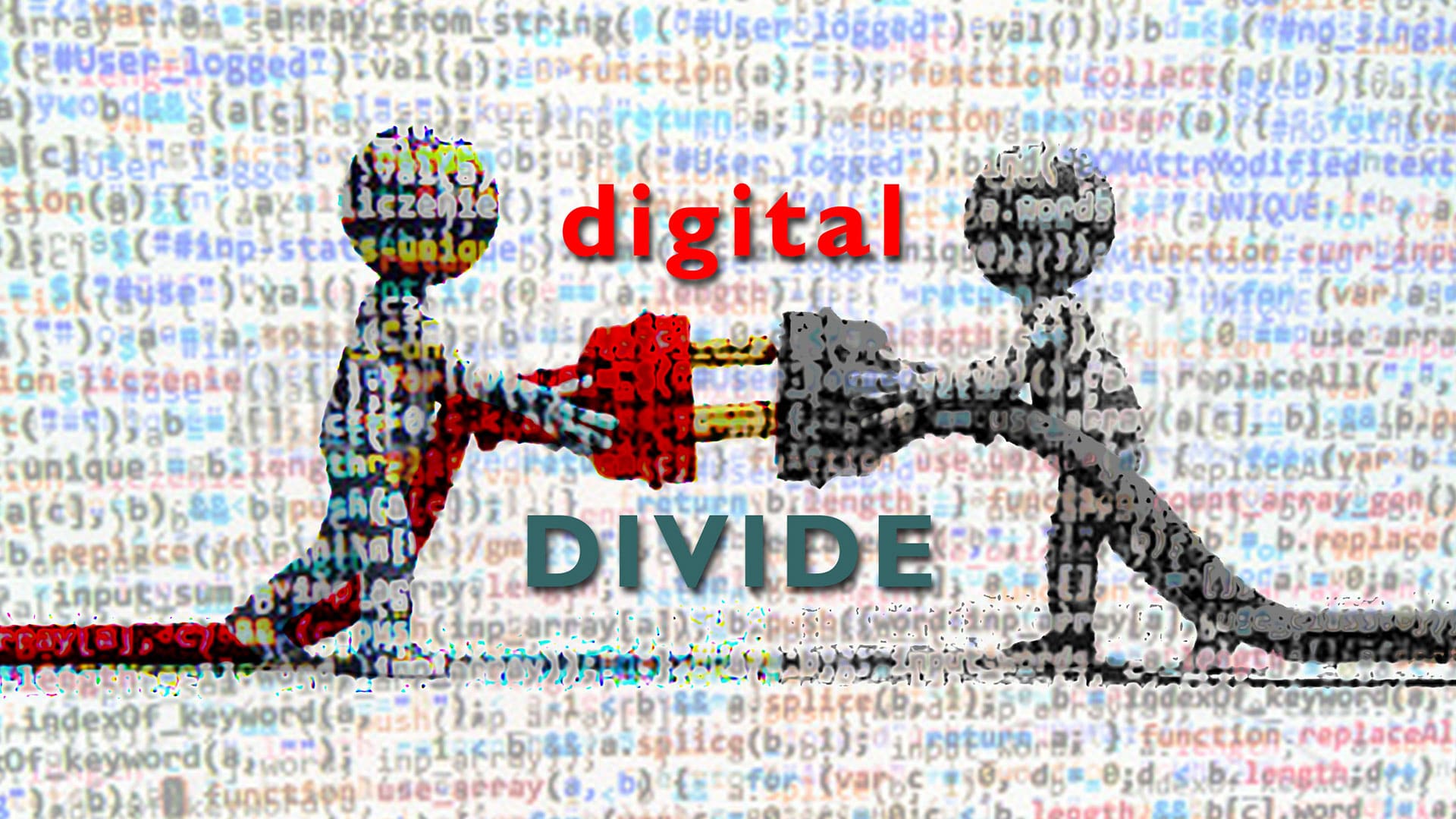Like many of you, I am spending a lot more time staring at video screens and multimedia messaging platforms each day. Gone is the routine of moving from office to home and traveling on behalf of the American Association of Geographers (AAG). Gone are the daily rituals with coworkers. And while I am grateful that technology can connect us better than ever before, we miss something critical without face-to-face interactions. It’s the small things I miss most—the unscheduled chat in the hallway or in line at a local coffee shop.
Meanwhile, many in our discipline are balancing the dangerous trade-offs of pursuing work in person. The plight of K–12 teachers and professors whose schools and campuses reopened is much in the news, while countless students stand in harm’s way as they try to supplement their income by working in retail, at restaurants, and in the gig economy. All the while, teaching, graduate research, and the practice of geography are being profoundly disrupted.
The COVID-19 pandemic is the crisis of our lifetime, training a merciless lens on the social and racial fissures that already made life so difficult for so many people. As AAG president Amy Lobben wrote in her July column for the AAG Newsletter, “The UN [United Nations] predicts that the global coronavirus lockdowns will drive an additional 130 million people to the edge of starvation.”
Citing recent estimates from the Stop TB Partnership, she noted that as many as 1.4 million people could die from tuberculosis as a direct result of these lockdowns. Lobben continued, “The impact on other indices of health is dizzying, with surges in suicide, domestic violence, and mental health problems (the United States Centers for Disease Control [and Prevention] reported in May that one-third of Americans are experiencing Generalized Anxiety Disorder, with rates higher for women, people of color, and people with less education). Factor in unprecedented unemployment directly tied to coronavirus lockdowns that are surging across class, race, and gender lines, disproportionately affecting women, people with disabilities, and people of color.”
As the magnitude of COVID-19 reveals itself, geographers and GIS professionals have worked tirelessly under challenging conditions. Teachers, students, and GIS practitioners have attended to the crisis with the full energy of their profession and passion, sometimes at significant personal risk or cost.
The world has taken notice. You can’t open a newspaper or an app without seeing the vivid work of geographers and GIS specialists, rendering the pandemic in spatial and temporal terms that the broader public can grasp and upon which policy makers can act. The work of geographers is more prominent and crucial than ever.
Yet our field is more at risk than at any point until now because we—in particular, our youngest colleagues and those most marginalized due to race, finances, or gender—are engaged in our own individual battles against the public health and economic impacts of COVID-19. At the institutional scale, geography departments that were already challenged from many directions before the pandemic are now under pressure like we’ve never seen. Our profession is at risk, even as we are needed to share what we know with a world at risk.
Putting this awareness at the forefront, the AAG created its COVID-19 Rapid Response Task Force in mid-2020 to address the crisis’s impact on the teaching and practice of geography. The task force consists of more than 60 AAG member volunteers on five subcommittees that seek to support our members—students, educators, and professional geographers in government and the private sector—in the distinct ways this period demands. Our goal is to address the systemic hardships facing geographers and geography. The nine projects we activated over the summer include the following:
- The Bridging the Digital Divide program: With Esri as a partner, the AAG brings much-needed equipment and software directly to minority-serving institutions. The program provides laptops, software, and connectivity to students so they can continue their studies within hybrid or virtual settings.
- Membership dues assistance: The AAG has extended memberships for free for its most vulnerable members. Eligible members include undergraduate students, graduate students and postdocs, those in regions with low and middle income economies, and anyone who has an income below $25,000 per year.
- A mentoring program: The AAG Career and Research Mentors program connects geographers to experienced advisers across institutions. As of November, there were about 50 mentors listed with a wide variety of backgrounds and expertise. Current AAG members can sign up online to volunteer as mentors, and then they’ll be added to the online database.
- Enhanced career and leadership resources: Two projects that feature refreshed and new resources are the AAG’s Jobs & Careers web pages and a professional development webinar series with videos that people continue to share.
- A COVID-19 internship assistance program: This grant program supports students who get internships and enables them to attend their regional division conferences.
- Research methods for COVID-19: A series of webinars and workshops aim to help geographers employ a wide variety of research methods and processes to the conditions of the pandemic. These online workshops also enable students to connect with experts and with one another. Although students are the focus of these online offerings, the resources are available to all AAG members.
- Stabilizing AAG’s regional divisions: New projects support the AAG’s regional divisions by offsetting some of the financial impacts of the pandemic.
Through our response to COVID-19, the AAG is leveraging and connecting our ongoing work to strengthen academic departments, develop a robust workforce across sectors, support individual members, and advance the relevance of geography in the minds of decision-makers and the public. This is not business as usual, and our response can’t be, either. Our programs identify solutions that provide relief to geographers so they can learn, work, and flourish in a thriving field—even during these precarious times.


